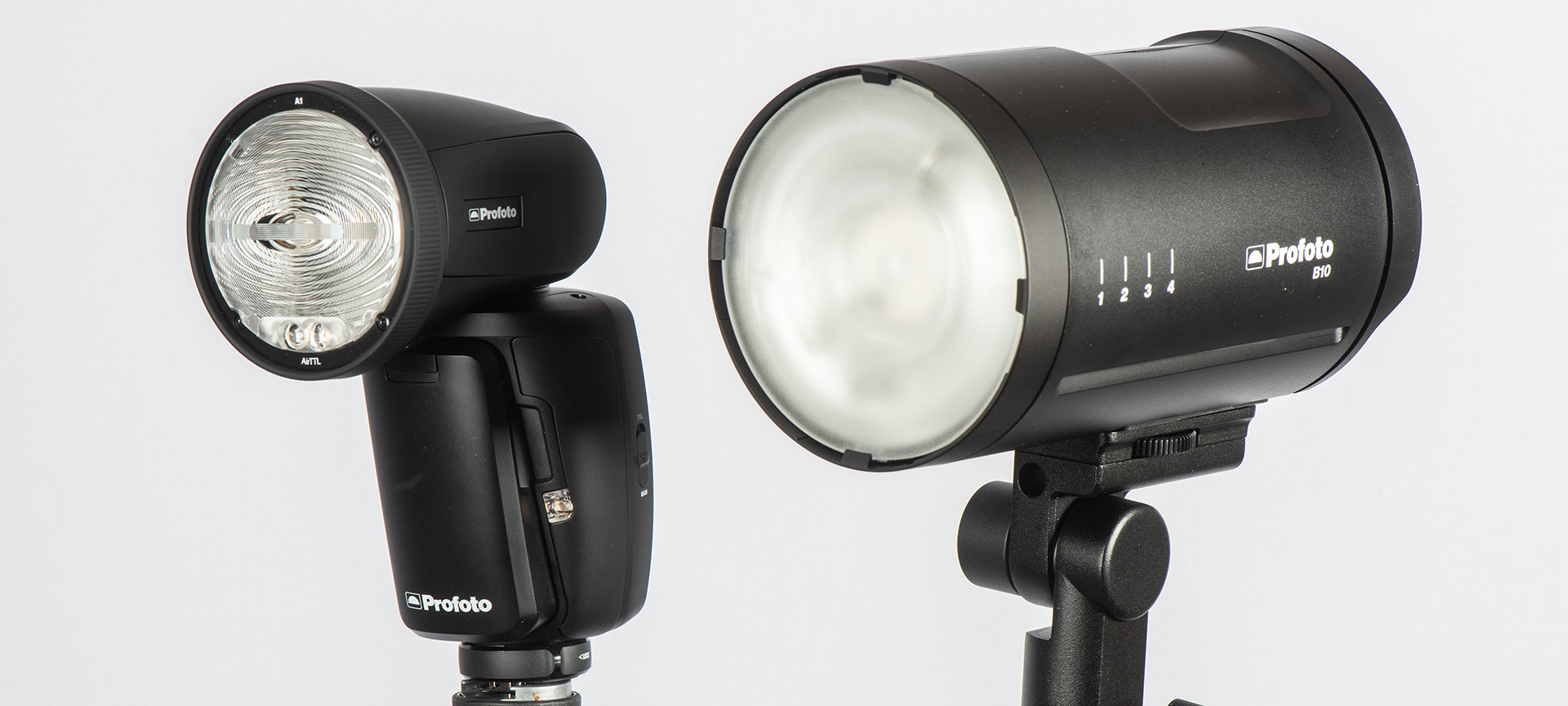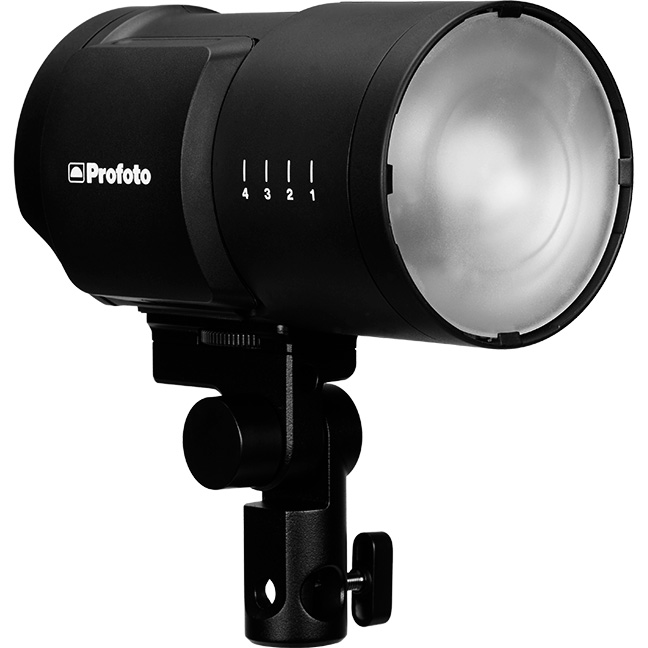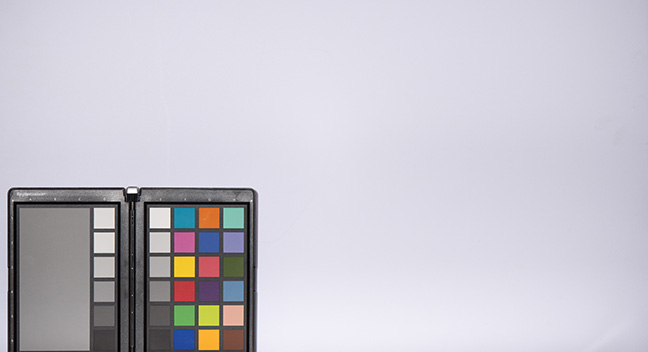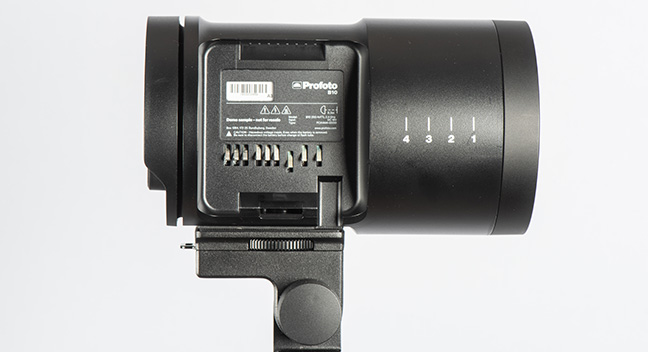
Profoto B10 250 AirTTL test
Posted on Oct 24, 2018
Off-camera flash is a hugely popular technique that opens up many creative avenues for the photographer to explore. Profoto has certainly played its part with its B1 and the B2 off-camera flash systems
First along was the B1 (the B1X is the latest head), a studio monobloc style unit with an on-board rechargeable li-ion battery and 500Ws of power. Then came the B2, two really compact flash heads connected to a separate power pack with cables providing 250Ws. The new B10 head is a logical next step. It features 250Ws of output, has an on-board rechargeable battery, a colour temperature adjustable LED modelling lamp and more. And it comes in a really portable bodyform. You can get a couple of heads and a trigger plus your camera with a lens or two in a backpack. Add a sling bag for a couple of lighting stands and a modifier or two and beautiful location portraits are well within your reach.
Handling is impressive and very straightforward. The basic B10 outfit comes with a case, a rechargeable battery, a charger and an adapter to fix the unit to a standard lighting stand. This adapter has a hole to take a standard brolly lighting stem.

There is no radio trigger supplied as standard so you need to budget £339 for an AirTTL Remote trigger if you want to get the most from the B10 – versions for Canon, Fujifilm, Olympus, Nikon and Sony are available. With an AirTTL Remote you get TTL flash, HSS flash and manual and impressive working range – up to 300m to remotely fire the flash, 100m for TTL control. I used the Nikon and Fujifilm versions in this test. The unit can be triggered with other radio remotes and infrared remotes too. There is no cable sync option.
The head offers four different groups and eight channels, working with the Air remotes or the Profoto A1. The A1 is a very portable light source but also a fully featured AirTTL unit.
Push down the white button and the flash comes on; a second or two later you get a confirmation beep when the unit is charged. The white button is also the test flash button. Pushing the button on the left of the three turns on the LED continuous light. Pressing this button again brings up a simple scale and rotating the same button adjusts the colour temperature of the LED output, from 3000K to 6500K. Very useful if you want to balance the B10 with ambient light when shooting with continuous light.
Pushing the larger central button brings up the B10’s menu where you can alter channels, groups and flash mode among either items. Using the menu is simple. If you prefer, download the free Profoto app to your smart device and you can select menu items and adjust flash output and the LED colour temperature remotely via Bluetooth. The app automatically detects the unit and this worked reliably in this test. You can also use your device to take shots or shoot video with the B10’s LED lamp. Just adjust output and colour temperature to suit your device.

The unit’s LED and flashtube is protected behind non user-removable frosted protection glass. This does mean the tube is effectively slightly recessed into the unit’s body shell, but not to an extent where you’d get a hotspot.
The Profoto modifier mount is the best around. Modifiers just slide into the unit’s body and lock on. The design of the modifier mount does mean that softboxes and beauty dishes lock on very firmly and you can fine-tune its position on the head. This is where the numbers on the side of the unit come in handy, so you can repeat the looks of your shots really easily. Once securely locked in position you are not going to have modifiers slipping off from not being properly locked on or dealing with bent bayonet flanges (usually with third party modifiers) that can happen with other brands.
In this test I checked out power, flash duration, colour temperature consistency and battery capacity.
The B10’s light output was measured at all full power settings using a Gossen flash meter set to ISO 100 at 1m and 2m – the basic head was used with no modifier fitted. At 1m full power (10 on the power scale) was metered at f/32.1 while minimum power was f/1.4.3 For comparison’s sake, a Nikon SB-900 in full manual was metered too and that gave f/32.1 too. At 2m, the B10 at full power was metered at f/16.1 with minimum power resulting in a reading of f/1.0.2. Such an output range gives plenty of potential when it comes to creative use of depth-of-field with fast aperture lenses.
In normal mode, colour temperature from output levels 1 to 10 were commendably consistent with no variation when power level was adjusted – this can be done in 0.1EV steps. The manual quotes 6400K at all power settings in normal mode. There was more colour variation with the freeze mode where you can get flash bursts as brief as 1/15,000sec at output level 1. Settings from 1 to 6 were noticeably cool-looking but this went from level 7 upwards. The cooler output can be readily cured in editing or by taking a custom white-balance reading. See the accompanying panels for more on colour temperature stability.

With AirTTL Remotes there is the option of HSS (high speed sync) flash up to shutter speeds of 1/8000sec and first or second curtain sync.
With HSS at 1/8000sec there was enough output to allow an aperture of f/2.8 at ISO 400 with the B10 2m from the subject. If you need smaller apertures, dropping down to 1/2000sec allows a setting of f/4 while you can get f/8 at 1/1000sec and f/11 at 1/500sec. With the ISO performance of the latest cameras so good at ISO 800 and even higher, the B10 has plenty of potential with aperture choice and shooting distance with HSS mode.
Recycling was quick. At full power, recharge took just over one second which is respectably quick. If it’s fast continuous shooting you need then dropping output to level power 7 was good enough for 50 consecutive shots at 5fps using a Nikon D810 set to continuous high JPEG shooting. The B10 did not miss a single shot. Up to power level 8 and the B10 did less well and could only keep up for a few frames. Switching to a Fujifilm X-T2 I got 32 frames at 8fps at power level 7 before the B10 missed a frame. For a portable battery unit, the ability for fast recycling with a decent level of power output is very handy.
In terms of battery capacity, the manual quotes 400 full-power flash bursts. On the days I had testing the B10 – which included burst shooting, using the LED modelling lamp and plenty of full power shots – the battery was still showing three out of four bars, so plenty of capacity left in the tank.
Verdict:
Profoto has hit it on the head – again! – with its B10. It’s not a cheap unit, but it is very fairly priced if you look at what you get and the tremendous creative opportunities it offers. It’s a portable flash with power, control and versatility, offering the options of manual, TTL and HSS and Profoto’s comprehensive range of modifiers. And you get an LED modelling light with colour temperature control and a great many flash bursts per charge, and overall performance is excellent. What’s not to like?
Pros: Power, size, build quality, Profoto modifier mount, short duration in freeze mode, LED light with colour temperature output control, app
Cons: Nothing of note
Specs:
| Prices | B10 head £1410, B10 Duo kit £2810, Core backpack S £228, B10 li-ion battery £180, Battery charger 3A £144, Stand adapter £90, B10 case £72 |
| Maximum power | 250Ws |
| Output (2m/ISO 100) | F/22.7 with OCF Magnum reflector; F/11.9 without reflector |
| Power range | 10EV (1.0-10) |
| Flash duration | Normal mode: level 10 1/400sec. level 1.0 1/4900sec (t.01), colour temperature 6400K Freeze mode: level 10 1/400sec, colour temperature 6400K; level 5 1/7700sec, colour temperature 7400K; level 1.0 1/14,000sec (t.01), colour temperature 8200K, (all t.01) |
| Recycling time | 0.05-2secs |
| TTL/HSS | Yes (with AirTTL trigger) |
| Operating range | Sync and remote control – 0.5-300m HSS and TTL – 0.5-100m |
| Supported Air features | Flash sync, remote control, TTL, HSS |
| Modelling light max output (lumens) | 2500 |
| Lamp type | LED |
| Dimming range | 10 to 100% |
| LED Colour temperature | Adjustable 3000-6500K |
| Colour rendering (CRI) | 90-96 |
| Bluetooth | Yes, supports Profoto app |
| Photocell/IR slave and switch | Yes |
| Umbrella mount | Yes |
| Interface | USB-C for firmware upgrades |
| Power supply | Rechargeable li-ion battery |
| Dimensions (wxlxh) | 11×17.5x10cm |
| Weight | 1.5kg with battery and mount adapter |
As featured in issue 60 of Photography News.




